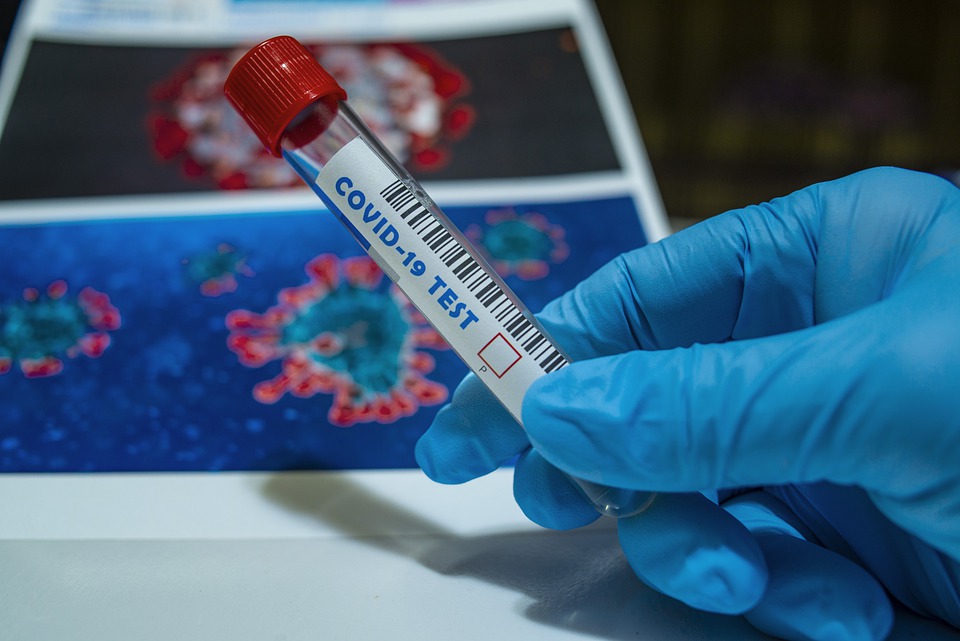Since the coronavirus pandemic swept the world, the world has been looking to the pharmaceutical industry for a vaccine that could be effective against the virus. However, each current vaccine has specific conditions that must be met to ensure it is effective, which means supply chains must consider smart ways to ensure successful delivery. As with many industries and supply chains, IoT technology will play a huge role in this.

temperature monitoring
One of the biggest issues facing successful vaccine delivery is the temperature at which each vaccine should be stored to prevent degradation. For example, Pfizer’s vaccine loses effectiveness if the temperature is not kept below -70°C, while Moderna’s product must be kept at -20°C. In this case, temperature monitoring is critical to saving lives. If a batch of Pfizer or Moderna vaccines spoiled in transit, there would be serious consequences.
To prevent this from happening, IoT has been used to track temperatures in storage facilities and during transportation. IoT has been widely deployed for measuring quality metrics of pharmaceuticals and other perishable products.
Real-time alerts
Leveraging IoT means temperatures can also be monitored remotely, with the ability to sound alarms if the refrigeration system is operating below acceptable parameters or failing altogether. In this case, the logistics team responsible for the transport will be able to take decisive action, directing the driver along a faster route or ordering them back to the warehouse so that the vaccine can be remedied. Without IoT sensors to provide this data, the risk of losing large quantities of vaccine would be higher.
Using real-time alerts also means other stakeholders, such as healthcare facilities receiving vaccines, can also stay informed of delivery times and delays.
Planning and Analysis
Being able to track and monitor batch shipments is one positive factor in using IoT in the vaccine supply chain, but another is the ability to collect and analyze data. Using these tools and the data they provide can improve planning for future deliveries while creating a more comprehensive risk management plan.
Integrated IoT supply chain management
While none of the above solutions represent a giant leap in technology, and certainly weren’t developed specifically to aid the COVID-19 vaccine rollout, for some implementations they can still be quite effective. Thankfully, several companies are now offering critical asset monitoring (CAM) systems that provide hardware, communications, cloud analytics and reporting tools in one off-the-shelf package, making successful vaccine delivery easier than ever .
End-to-end inventory monitoring
The ability to leverage end-to-end monitoring is critical, and it can also prevent vaccine damage and theft. Tagging each batch of vaccines will give supply chain managers the data they need to get a holistic view of the vaccines they are responsible for, including those in storage, in transit or delivered but not yet used.
In addition, it can record inventory information, including manufacturer and expiration date, for better planning of distribution and storage. Product flow can be improved as more informed decisions are made regarding distribution, ordering, order allocation and returns, all of which help avoid waste due to shelf life and inventory overload.
These track and trace capabilities mean logistics providers, pharmacies and hospitals no longer need to rely on physical counts when taking stocktakes, and records and actual dose counts can be easily reconciled.
Finally, leveraging IoT and data in this way allows for better monitoring of when the first dose is administered, when the second dose is administered, and the total inventory available to each hospital, doctor or vaccination center and when need more.
Ключевые слова: 4G terminal